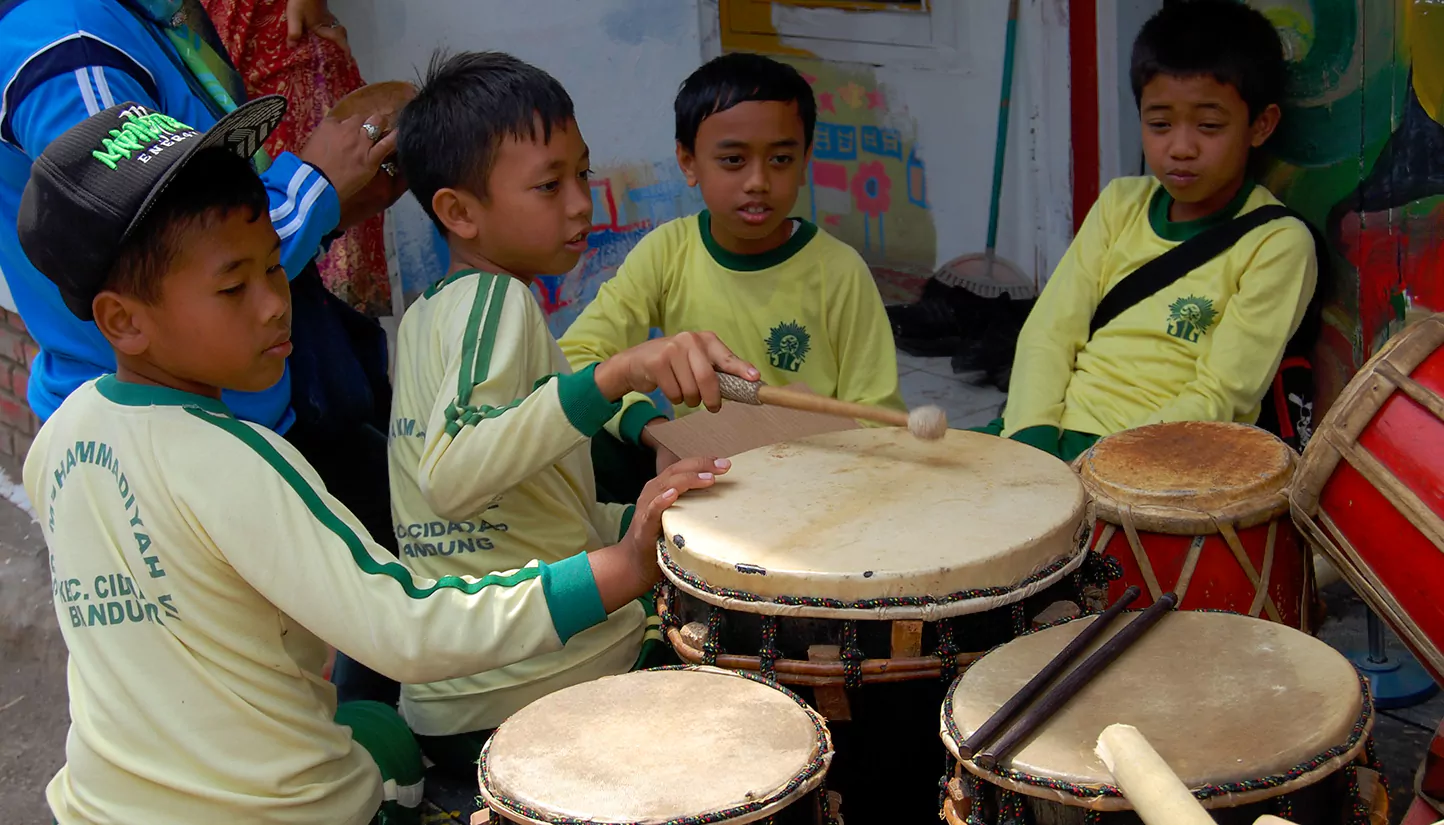The traditional Japanese drumming art of Taiko has been celebrated throughout the world for its sensational, dynamic and spiritual aspects. In recent years, educators worldwide have discovered taiko as a wonderful educational tool for kids. Through rigorous rhythm study, ensemble performance, and cultural understanding, taiko music fosters musical excellence and personal development, hands-on learning, cooperation, and self-expression. Here, the multifaceted nature of taiko in children’s education is explored and an attempt is made to communicate its potential as a source of inspiration and growth for children at every educational level.
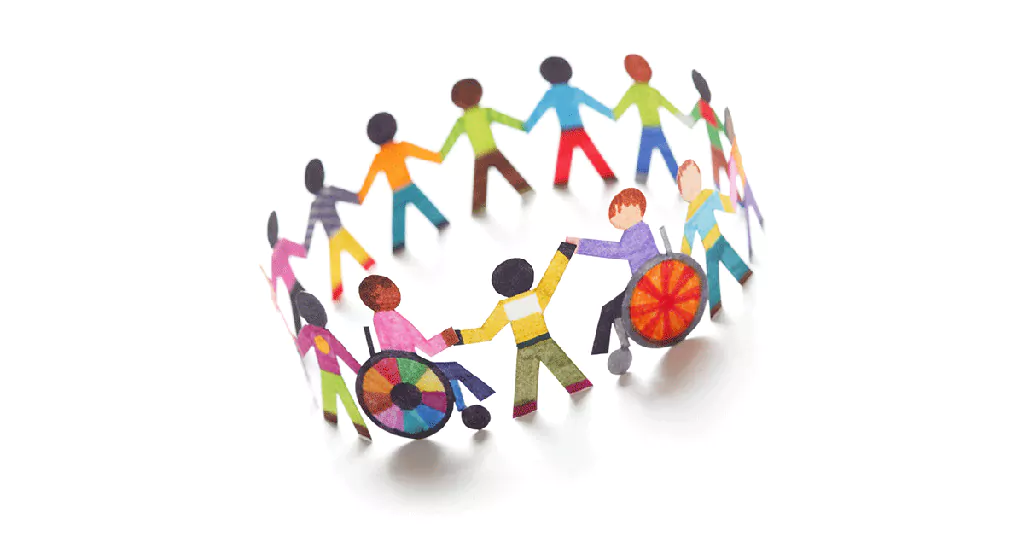
The Educational Value of Taiko
Different from many Western music education approaches that focus on rote learning and solitary practice, taiko prioritizes full-body learning, collective rhythm-making, and expressive autonomy. It encourages many areas of development:
Rhythmic and musical literacy
Motor coordination and body awareness
Cultivating social and emotional skills from ensemble playing
Cultural awareness and appreciation
Creative thinking and improvisation
These are the very sorts of benefits that are equally consistent with holistic educational outcomes, which is exactly what makes taiko an attractive proposition in contemporary educational contexts.
Rhythmic Training and Cognitive Development
Rhythm is the fundamental aspect of all music and taiko is an effective and user-friendly approach to providing children with the opportunity to experience this aspect of music in a fun and active environment. Using rhythm play, call and response rhythms and tempo games that help children to internalize rhythm patterns, see patterns and anticipate timing.

Enhancing Memory and Concentration
Taiko is a tradition that requires concentration and to be able to remember the rhythm patterns. This process enhances working memory, sustained attention, and cognitive flexibility. Teachers have observed better behavior in school and better performance academically when kids are playing taiko.
Improving Spatial-Temporal Skills
Taiko requires spatial awareness — players must coordinate how they move their bodies in space, respond to visual cues and stay in sync with other players. These spatial-temporal abilities are associated with improved performance in mathematics and science among other fields.
Physical Engagement and Motor Skills
Taiko is an experience of the whole body, combining motion and sound. Children learn to beat the drum with strength (not too strong) and to keep in step and in a straight body position. This physical engagement develops:
Gross and fine motor coordination
Balance and body control
Hand-eye coordination
Core strength and endurance
Taiko has proven especially successful for children with developmental delays, sensory processing problems or physical impairments, say physical educators and therapists.
Group Collaboration and Social Learning
One of taiko’s strongest pedagogical aspects is that it focuses on ensemble playing. They learn in the most hands-on of ways that all, even the smallest, contribute to the common rhythm and energy.
Fostering Teamwork and Empathy
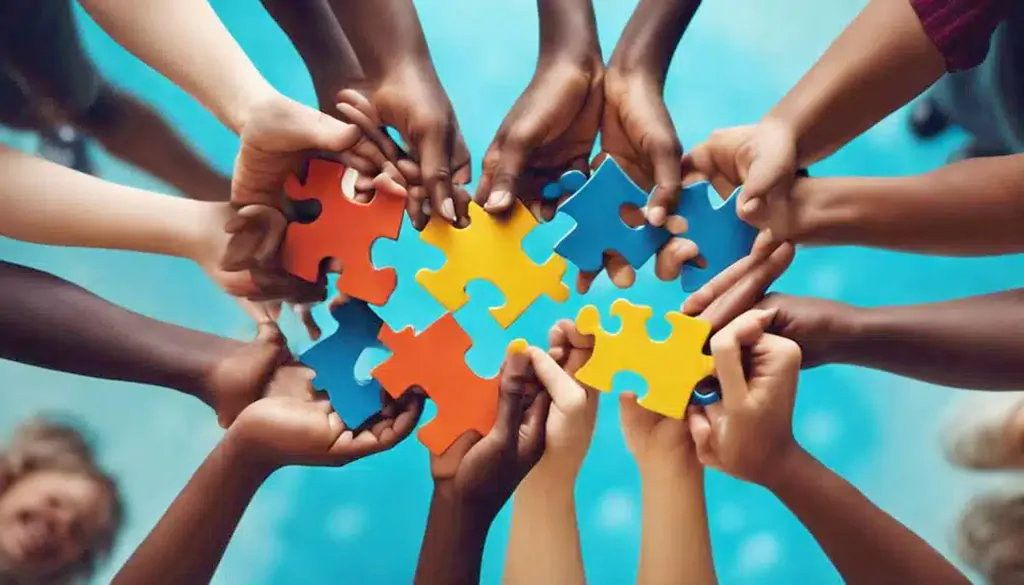
Taiko trains students to listen actively, encourage others, and discover their role within a group. They create situations that foster sharing, compassion, and respect for others. Ensemble drumming serves as a metaphor for community, to which every individual’s effort contributes.
Building Confidence and Leadership
As children learn rhythms and perform for others their self-esteem and sense of achievement increases. Having those roles “pirouette”—doing and leading call-and-response, for example—gives kids leadership skills and a sense of responsibility.
Cultural Education and Global Awareness
Teaching taiko to children, as well, opens the doors of cultural exploration. Students not only learn how to drum, but why taiko is important in its cultural context. Lessons may include:
Japanese history and festivals
Other Language mechanics, where you will count in Japanese
The place of Taiko in ritual, celebration, and community
This kind of cultural immersion promotes universal values, respect of diversity, and interest in intercultural dialogue.
Creativity and Improvisation
The use of set forms and rhythms in traditional taiko is also often supplemented with other, of the improvisational exercises in educational settings aimed at developing creativity. Students experiment with:
Creating original rhythms
Translating a tale or an emotion into a drum tale.
Collaborating to compose group pieces
This ability to explore and produce fosters lateral thinking, outside-the-box opportunity finding and creativity.
Taiko in Different Educational Settings
Schools and After-School Programs
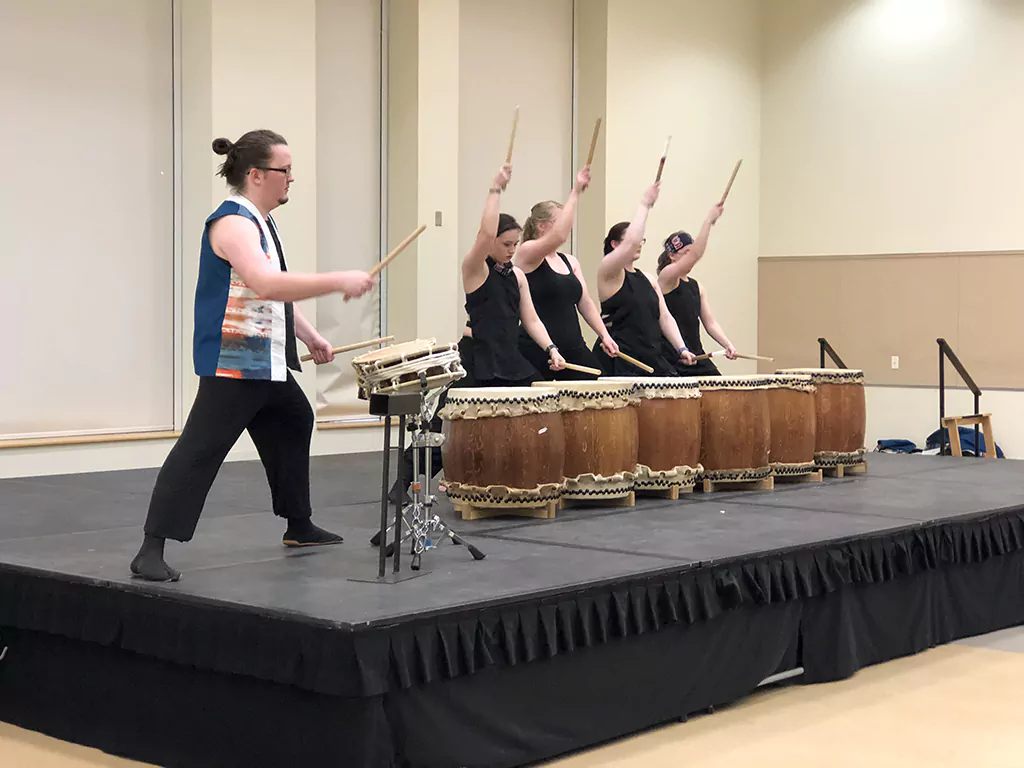
Taiko has been introduced into school music and physical education programs in Japan, the U.S, Australia and various other countries. Taiko clubs at schools are structured environments for creative development and for connections with one another.
Special Education Programs
Type of activiy: Taiko has been modified for use in special education programs. It has repetitive, predictable rhythms and sensory feedback, so it’s great for kids who are on the autism spectrum or who have ADHD. Drumming allows them to control energy, concentrate and interact with peers nonverbally in a supportive environment.
Community Centers and Cultural Institutions
Children and families frequently have the opportunity to take part in taiko workshops held by museums, cultural centers, and non-profit arts organizations. These open events serve various local neighbourhoods and offer many people a first taste of rhythm and the arts.
Case Studies and Success Stories
Case Study: The Kodomo Taiko Project (California) A Case Study By Jeanne Mercer McDavid Emerita, Stanford University An Essay by Jeanne Mercer McDavid This story had its beginnings when Jeanne Karam petitioned a friend in the Academy of Motion Picture Arts and Sciences ( the folks who give out the Oscars) to bring her, her husband Dennis, and another friend to the April (1996) “show” which was held, along with a four-hour event for children, at the Dorothy Chandler Pavilion.
This project introduced taiko drumming to under-resourced Los Angeles public schools as a means to connect with students and expose them to a different culture. During the year, students’ self-confidence and peer relationships had gotten stronger, and they felt more connected to school.
Case study: Taiko in the Japanese countryside
In small towns throughout Japan, taiko is still a foundation of local identity. Kids come up belying village taiko groups, picking up discipline and resilience and pride in their heritage. These multigenerational combos help to build community and continuity.
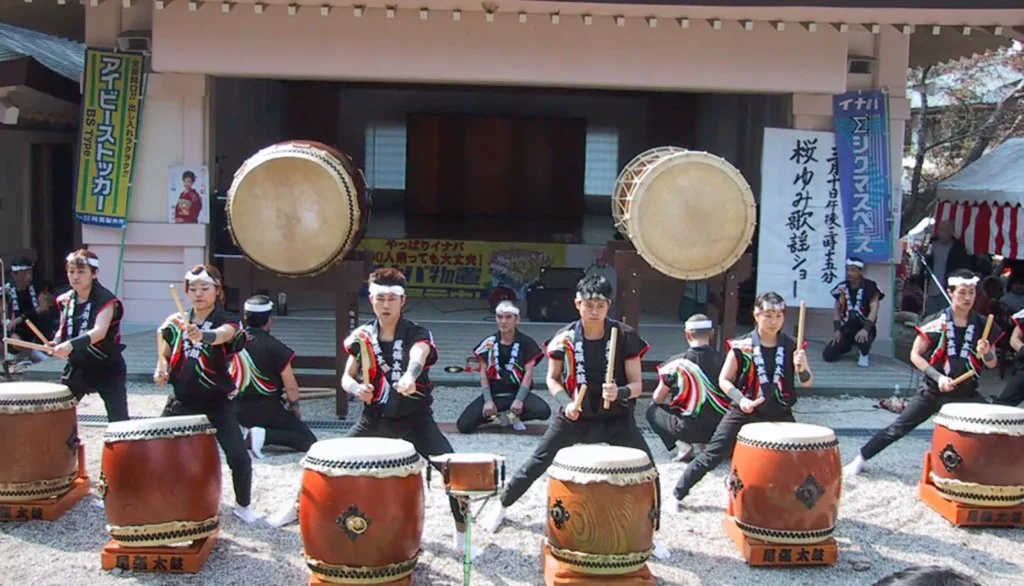
Case Study: Inclusive Taiko in the U.K.
Taiko Meantime, a British taiko ensemble, create “workshops for children with physical and cognitive disabilities”. Participants were given adaptive instruments and individualized rhythms to foster musical expression and social joy.
Educational Taiko: What Are The Challenges And How Do We Overcome Them?
Taiko has its advantages and uses, but using it in education will take some consideration.
Accessibility and Cost
Taiko drums can be expensive and they’re big. Solutions include:
On practice pads or smaller drums
Sharing instruments in rotating groups
Collaborating with local taiko groups for equipment and training
Instructor Training
A balance of musical knowledge and child-centered pedagogy is essential for good teaching. Today, there are even some taiko organizations that have developed certification programs for educators based on developmentally appropriate and inclusive instruction.
Cultural Sensitivity
Taiko needs to be presented with cultural respect and cultural context. Teachers could team with cultural consultants or have guest speakers or performers in the class to help their students avoid being misled.

Recommendations for Educators and Parents
In order to develop the use of taiko in children’s education:
Begin with basic rhythm and add new elements over time.
Utilize games and stories to make sessions interesting.
SUPPORT REFLECTION Ask students to draw, journal or discuss how drumming makes them feel.
Mark progress with informal performances or family showcases.
Get families involved in workshops or home take-home rhythm activities as a way to connect and further learning in a fun way.
Future Directions and Opportunities
With educational paradigms increasingly embracing experiential learning and cultural inclusivity, the potential for taiko is bound to increase. Innovations on the horizon include:
Digital taiko apps to use in the classroom
Cross-disciplinary connections to language arts, math, and history
Virtual exchange – linking student ensembles across countries
By nurturing taiko education, schools and communities grow more than rhythmically proficient students; we help to grow compassionate, confident and culturally connected citizens.
Conclusion
Taiko drumming is much more than simply a musical skill – it is a transformative treasure that fosters the growth and development of children’s mental, emotional, physical and social capacities. With rhythm and teamwork, taiko releases potential and fosters creativity and cultural understanding. taiko is on its way to becoming an exciting and educational addition to a spectrum of children’s unique educations across the globe as countless teachers and parents discover its benefits. It is in each beat, and every shared rhythm, that children find their voice, forge friendships and connect to a world of possibilities.

